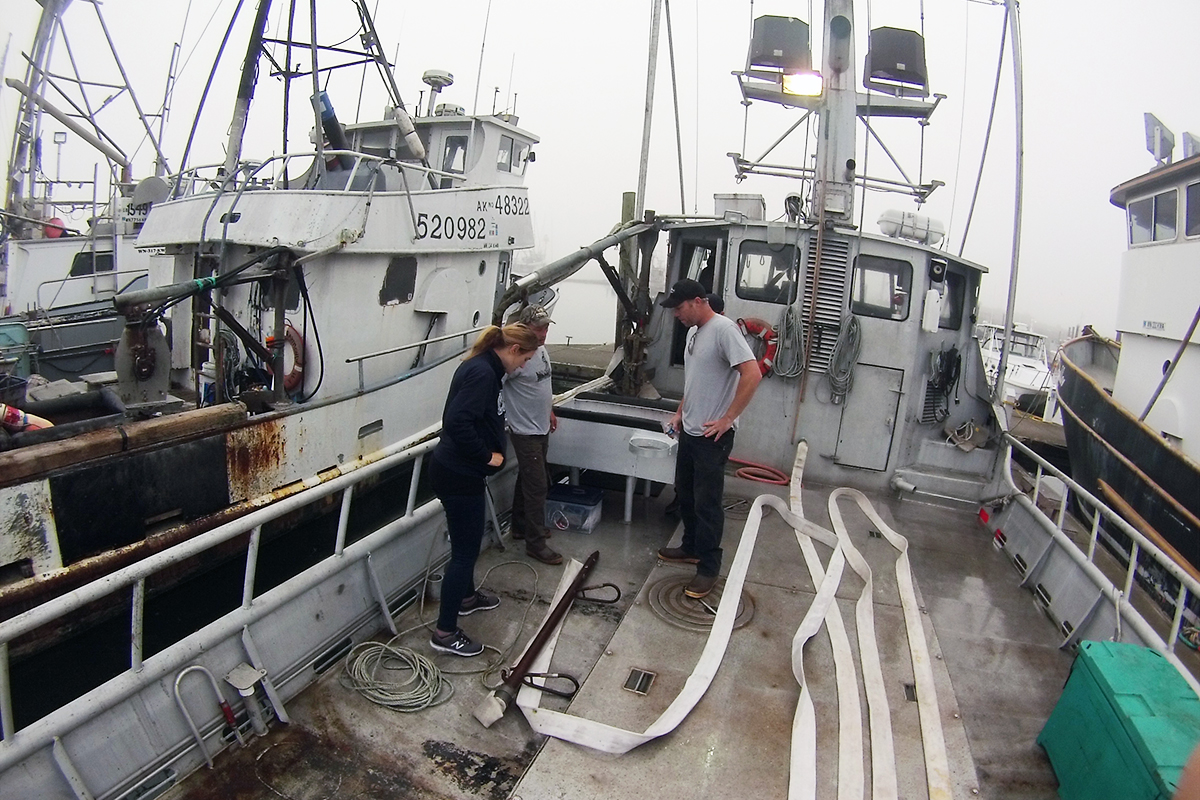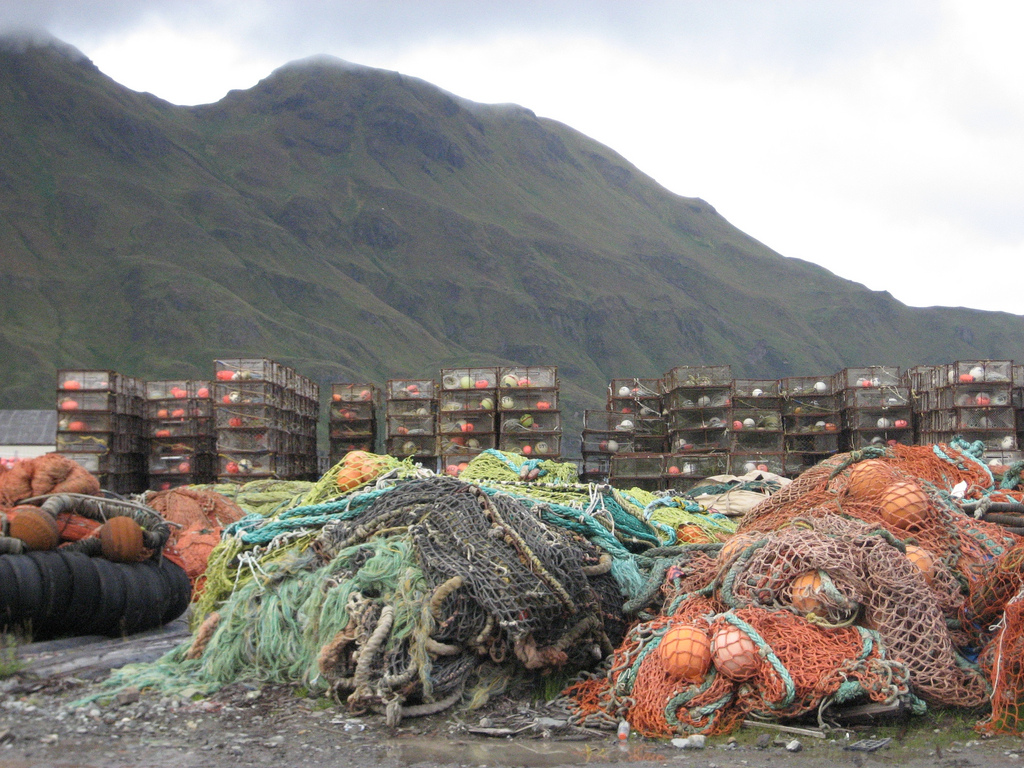The Quinault Indian Nation is also developing a program that will create incentives for fishers to retrieve lost pots and help reduce the long term accumulation of pots in the ocean.
Eelgrass, home for sea life, is holding its own in Puget Sound
Some news from the bottom of Puget Sound: The total area of eelgrass beds hasn't changed much in the past 40 years. When other habitat areas have declined, this is encouraging — especially considering the number of aquatic species that use eelgrass beds, from young salmon to crabs. Eelgrass beds are common in tidal zones and along shorelines.
“Eelgrass meadows can grow so thick that when you’re swimming through them, you can’t see anything else,” said co-author Tessa Francis, of the Puget Sound Institute at UW Tacoma, in an interview with The Seattle Times. Watch the video for a diver's-eye view of eelgrass beds off the south coast of Whidbey Island. (Video courtesy of Ole Shelton, NOAA).
The report, co-authored by our lead scientist Phil Levin, was published in the Journal of Ecology. Another promising find was that significant changes in eelgrass beds occurred on a very small scale — meaning local action may likely lead to positive results.
"Our human population has exploded, we have all kinds of increasing impacts on Puget Sound, and yet eelgrass is resilient," said Phil. "It gives us hope about the ability to restore eelgrass. It tells us that what we do at the neighborhood scale matters, and we can have a positive impact."
Phil added that one of the largest increases in eelgrass is near our Port Susan Bay Estuary Restoration Project. The Stillaguamish River spills into the bay, mixing freshwater and saltwater to create extensive estuarine marshes that produce a vast quantity of decaying organic matter, helping the offshore habitat.
The data that have been collected and used in this analysis are incomplete and several of the findings beg further research — such as how adjacent areas have very different trends and nearby population density doesn't seem to have a strong correlation with negative impacts on eelgrass beds.
Read The Seattle Times' Article
About the Analysis
A Successful Search for Derelict Pots
Written by Molly Bogeberg, Marine Projects Manager
Photographs by Flickr Creative Commons
With funding from NOAA and in partnership with the Quinault Indian Nation and Natural Resource Consultants, we have removed 522 pots, lines, and buoys from the Washington Coast in the Quinault Indian Nation Special Management Area from 2014-2015. We are continuing to search for and remove pots through October and will possibly continue removing pots into November. The Quinault fishermen and NRC report that they are finding fewer and fewer pots with aerial surveys. This is good news because that means we are being successful and thorough with our work.
Through our partnership, the Quinault have also been developing a tribal fisheries community based derelict pot reporting and recovery program to help identify locations where there are derelict pots. The Quinault Ocean Committee is also considering an incentive based pot recovery system which will allow fishers to go out after the crab fishery is closed for the season and recover any gear they can find to use in their own fishery. The hope is that these two strategies will prevent further accumulation of derelict pots within the Quinault Indian Nation waters.































